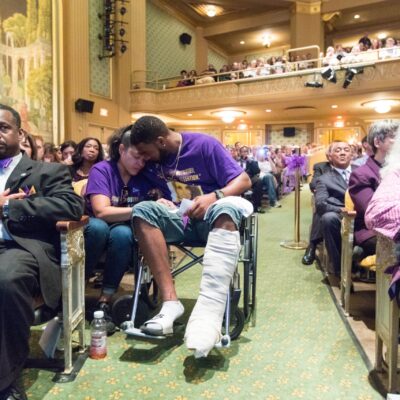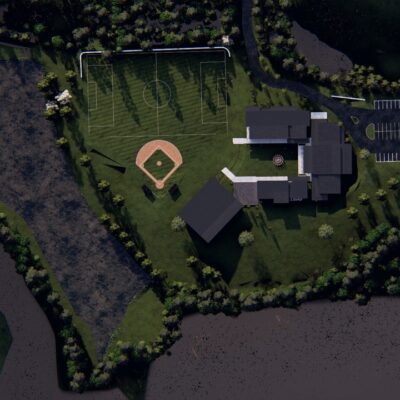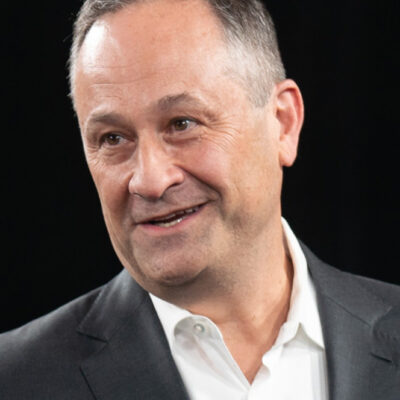By Jonathan Haynes
This year’s transmission line inspection from the Central Virginia Electric Cooperative was decidedly more low-key than in previous efforts, when the company used a piloted helicopter to make the rounds. In fact, local residents likely have no idea the weeks-long process was taking place, as CVEC deployed an unmanned aerial system to conduct its annual survey.
Powered by battery, the drone is operated from a remote Virginia location by a Federal Aviation Administration-licensed pilot from PrecisionHawk, its North Carolina-based manufacturer. It then navigates its inspection route with a Lidar scanner, a light-energy laser that scans the surrounding area to configure an active 3-D map of the local topography, complete with the position and movements of nearby objects. Once the drone reaches the designated areas, it snaps photos of the infrastructure with its built-in camera.
CVEC switched technologies to maximize safety, reduce its carbon footprint and examine more area, according to Melissa Gay, communications and member services manager at CVEC. Because drones can fly at a slower pace, hover closer to transmission lines and better maneuver dangerous areas, they can capture higher resolution images of civil infrastructure than can helicopters, whose cumbersome aerodynamics had restricted inspections of high-voltage substations and wooded areas.
But the technology has its shortcomings. The drone costs roughly as much as a helicopter and takes a little longer to complete the same tasks. In fact, CVEC’s inspection ended up continuing several days after its target date.
Gay attributes this to CVEC’s own inexperience. “Navigating our terrain and learning the system took a little while,” she says.
But the stealthy nature of drones has raised issues of privacy concerns. There’s little chance someone on the ground will see a drone, and because it may inadvertently capture people’s faces or license plates in the background while recording their locations, privacy advocates worry the technology might compromise people’s identity or reveal their whereabouts without prior consent.
The way the data is processed does little to soothe these concerns: CVEC does not currently possess the inspection footage, which is being compiled in PrecisionHawk’s North Carolina headquarters. PrecisionHawk will return the footage to CVEC once it mines the relevant information.
Some data repositories have been a hot target for hackers over the past few years, as seen with banks, credit card companies and even dating sites.
Moreover, law enforcement personnel may subpoena data and images collected by private drone companies so long as they obtain a warrant. In the past, law enforcement has subpoenaed footage from drones that have inadvertently captured pot farms or other illicit activity while flying unrelated operations.
To preempt concerns, CVEC notified the 2,175 customers who reside near its route in advance of the inspection. Though it did not reach out to residents who are not patrons and had no way of reaching out to drivers and pedestrians passing through affected areas.
Gay says CVEC received no complaints. But the communities lying along CVEC’s path would have had little say in the matter if they did. Under Virginia’s Dillon Rule, municipalities are prohibited from enacting their own drone ordinances without permission from the General Assembly, and nearby communities were not notified until two weeks before the inspection.





